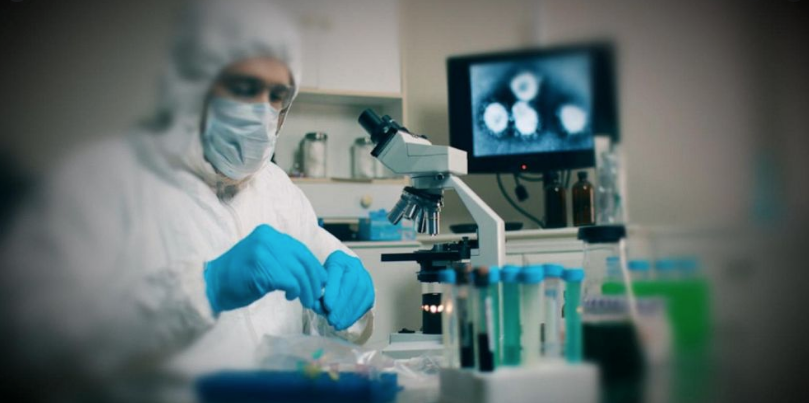
Many questions and concerns that have emerged following the recent outbreak of COVID-19 cases in the United States concern laboratory biosafety and the safe handling of specimens and medical waste thus contaminated. On this topic the Centers for Disease Control and Prevention had this to say:
- All laboratories should perform a site-specific and activity-specific risk assessment to evaluate risk and determine if enhanced biosafety precautions are indicated. This risk assessment should identify all potential scenarios in which a negative outcome may occur. Factors influencing these scenarios may include the volume and types of procedures being performed, the location of the test sites, the experience and competency of the technicians and personnel, and the likelihood of generating infectious droplets and aerosols.
Invisible to the naked eye, these aerosols and droplets can be inhaled by personnel, or may cross-contaminate work surfaces, materials, and equipment. Examples of infectious agents that are transmitted via the droplet route include SARS-associated coronavirus (SARS-CoV), Bordetella pertussis, influenza viruses, adenovirus, Mycoplasma pneumoniae, and others. Routinely decontaminate work surfaces and equipment with EPA-registered hospital disinfectants labelled to be effective against SARS-CoV-2, following manufacturer’s recommendations for dilution, contact time, and safe handling.
In the case of procedures that are likely to generate infectious aerosols or droplets, a certified Class II Type A1 or A2 BSC or additional precautions to provide a barrier between the specimen and the personnel are used. Personal Protective Equipment (PPE) such as surgical masks, face shields, goggles, centrifuge safety cups, and more can reduce the risk of exposure.
- Laboratory technicians or other personnel who have direct contact with confirmed or suspected COVID-19 patients must follow PPE guidelines for healthcare providers while in the presence of these patients. Routine diagnostic testing of patient specimens can be handled in a BSL-2 laboratory using Standard Precautions, and includes using automated instruments and analyzers, staining and microscopic analysis of fixed smears, the examination of bacterial cultures, and the pathologic examination and processing of formalin-fixed or otherwise inactivated tissues. The following activities may also be handled:
- Molecular analysis of extracted nucleic acid preparations
- Final packaging of specimens for transport to diagnostic laboratories for additional testing. Specimens should already be in a sealed, decontaminated primary container
- Using inactivated specimens, such as specimens in nucleic acid extraction buffer
- Electron microscopic studies with glutaraldehyde-fixed grids
Specimens may be stored at 2-8oC for up to 72 hours after collection. If a delay occurs during extraction, store specimens at -70oC or lower. Store extracted nucleic acid samples at -70oC or lower.
- Conducted outside of a traditional clinical laboratory, Point-of-care Testing (POCT) is at the forefront of the coronavirus pandemic. The CDC is recommending the use of Standard Precautions to provide a barrier between the specimen and personnel when transporting.
As with other respiratory pathogens such as seasonal flu, laboratory and other personnel should observe Standard Precautions when transporting specimens within a facility. Standard Precautions are based on the principle that all blood, body fluids, secretions, nonintact skin, mucous membranes, and excretions may contain transmissible infectious agents, and the use of PPE and hand hygiene.
- Handle laboratory waste that results from the testing of confirmed or suspected patients with COVID-19 in the same way as all other biohazardous waste is disposed of within the laboratory. Currently, there is no evidence to suggest that this laboratory waste needs additional packaging or disinfection procedures.
As our understanding of coronavirus and COVID-19 continues to grow, the World Health Organization and the Centers for Disease Control are monitoring its ramifications on laboratory biosafety—adjusting and revising when indicated.


